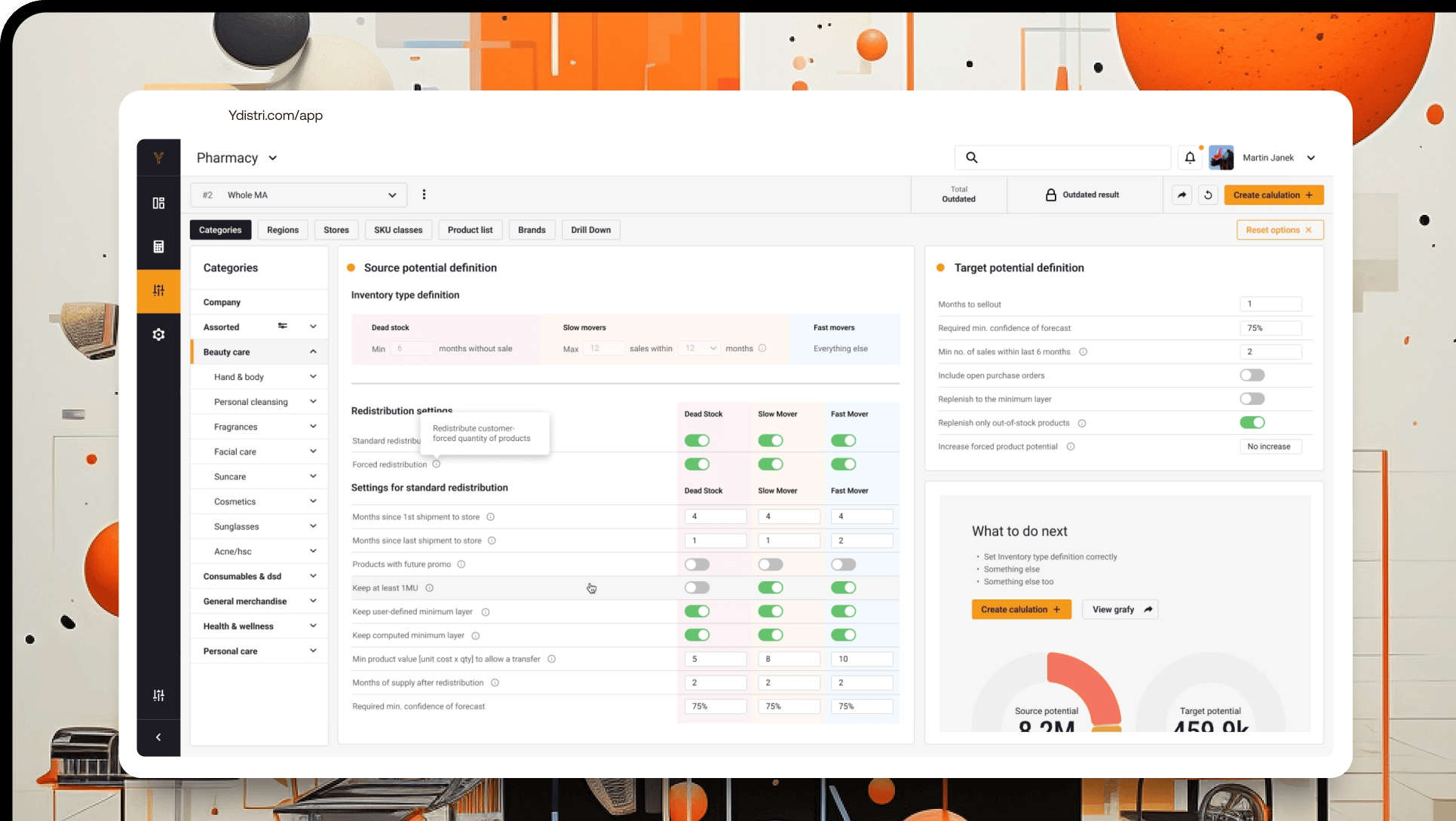Navigating the Complexities of Product Availability
Product availability can be disrupted by various factors, including supply chain issues, inaccurate demand forecasting, and sudden shifts in consumer preferences. These challenges can lead to localized demand spikes that traditional inventory management systems might not handle well. For example, a sudden change in weather could drive up demand for seasonal items in one area, while leaving another area with too much stock.
In these situations, tactical store transfers are essential. By moving inventory from overstocked locations to those with high demand, retailers can keep shelves stocked and minimize missed sales opportunities. Take the case of a fashion retailer during a recent winter season: their flagship store in the north saw a sudden surge in demand for winter coats, while southern stores had too much stock. By using strategic store transfers, they balanced inventory across the network, meeting customer demand and reducing losses from unsold stock.



